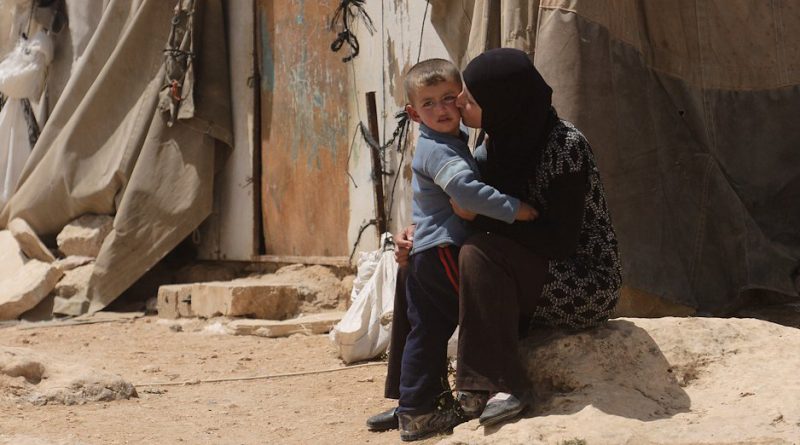Now Reading: India free from Trachoma as per WHO criteria, says health minister J.P. Nadda
-
01
India free from Trachoma as per WHO criteria, says health minister J.P. Nadda
India free from Trachoma as per WHO criteria, says health minister J.P. Nadda
India has become free from Trachoma a chronic infective disease of the eye and a leading cause of infective blindness with an overall prevalence found to be only 0.7% in the National Trachoma Survey Report (2014-17).
The report was released on Friday by the ministry of health and family welfare.
Trachoma is a disease caused by poor environmental and personal hygiene and inadequate access to water and sanitation. It affects the conjunctiva which lines the inside of the eyelids.
Repeated infections can cause scarring, leading to in-turning of the eyelashes and eyelids. This further causes damage to the cornea and blindness. The disease is found to be affecting the population in certain pockets of north Indian states like Gujarat, Rajasthan, Punjab, Haryana, Uttar Pradesh and the Nicobar Islands.
The National Trachoma Prevalence Surveys and the Trachoma Rapid Assessment Surveys were conducted by the Dr. Rajendra Prasad Centre for Ophthalmic Sciences, All India Institute of Medical Sciences (AIIMS), New Delhi in collaboration with National Programme for Control of Blindness & Visual Impairment, Union ministry of health and family welfare from 2014 to 2017.
This was conducted in 27 high-risk districts across 23 states and union territories. Trachoma Prevalence Surveys were done in 10 districts selected from the previously hyper-endemic states.
Under the survey, 19,662 children in the one to nine year age group were examined by trained ophthalmologists. As many as 44,135 persons were examined in the 15 years and above age group. The Trachoma Rapid Assessment Surveys (TRA) was done in 17 other districts from other parts of the country in places where trachoma cases have been reported, which were not previously hyper-endemic.
Trachoma infection of the eyes was the most important cause of blindness in India in 1950s and over 50% of the population was affected in Gujarat, Rajasthan, Punjab, and Uttar Pradesh. It was the most important cause of corneal blindness in India, affecting young children.
“The survey findings indicate that the active trachoma infection has been eliminated among children in all the survey districts with overall prevalence of only 0.7%. This is much below the elimination criteria of infective trachoma as defined by the World Health Organisation (WHO) active trachoma is considered eliminated if the prevalence of active infection among children below 10 years is less than 5%,” said J.P. Nadda, Union health minister.
“Trachoma is no longer a public health problem in India. We have met the goal of trachoma elimination as specified by the WHO under its GET2020 programme. There is need for constant surveillance by the states to report any fresh cases of trachoma and trachoma sequelae and to treat them promptly to finally be completely free of trachoma,” he said.








